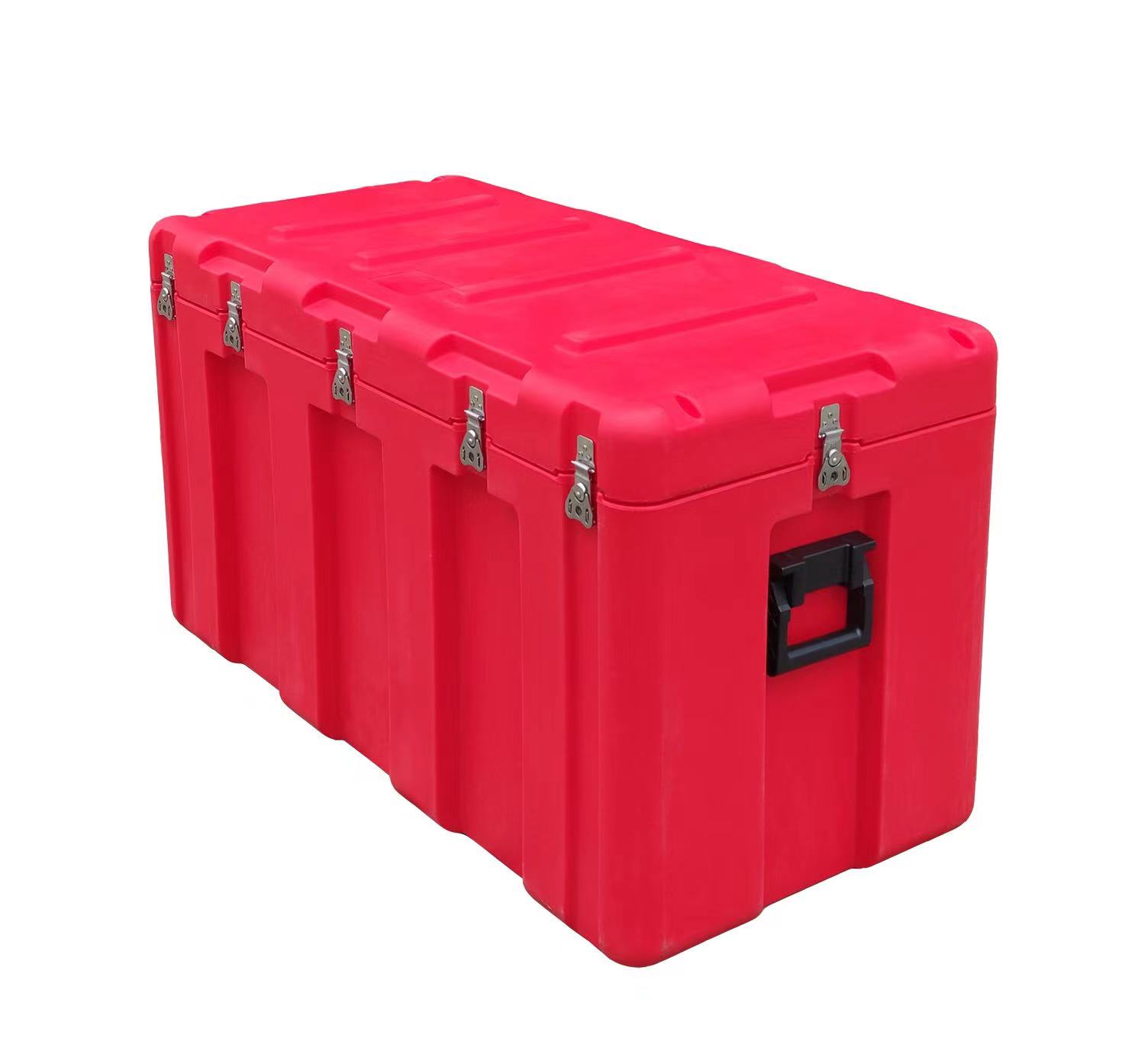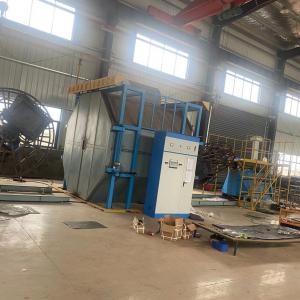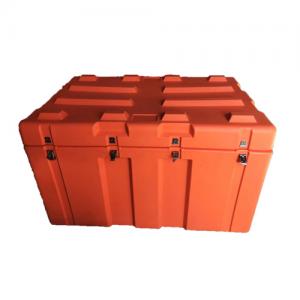What are the specific processes of rotational molding process?
Shanghai Yumcases Plastics Technology Co.,Ltd. The complete process of rotational molding technology mainly includes the steps of material preparation, feeding, heating, cooling, demoulding and renovation.
(1) Prepare materials. This is a special stage of rotational molding technology, because rotational molding raw materials can't directly use the purchased granules like other processing methods, but must be processed into powder with different particle sizes or made into flowable paste according to the characteristics of raw materials, product requirements and mold conditions. Therefore, many rotational molding enterprises in China will have mills of different sizes to process and grind the purchased granules themselves.
(2) feeding and closing the mould. That is to say, the prepared powdery or pasty raw materials are added into the open rotational molding mold according to the specified weight, and then the mold is locked. In the process of rotational molding, this step is basically completed by manual operation, which is a relatively heavy workload.
(3) heating. After the feeding is completed, move the mold to a heating chamber or an open-flame stove. For some products with complicated structures, generally, let the mold rotate for a while without heating, so that the raw materials in the mold can fully and evenly flow around the mold cavity, especially those parts that are not easy to flow. After these preliminary works are completed, the heat source is started to heat the mold, so that the temperature in the mold can reach the required standard within the specified time. When the temperature in the mold reaches the melting point of raw materials, the raw materials begin to melt. With the rotation of the mold, the raw materials flow to all parts of the mold cavity and adhere to the wall of the mold cavity evenly. This step is the core stage of rotational molding process.
(4) cooling. When all the raw materials in the mold are uniformly adhered to the wall of the mold cavity, the heat source is turned off and the stage of heat preservation and gradual cooling is entered. At this time, because the raw materials have not crystallized and solidified, the mold is still in constant rotation until the melt is cooled to solidification.
(5)demoulding. When the mold has not been cooled to normal temperature and the product still has some residual temperature, it enters the demoulding stage. At this time, the product itself has not been completely cooled and hardened, so demoulding is relatively easy. The demoulding stage is also a very time-consuming and labor-intensive process in the rotational molding process.
(6) renovation. That is, finishing and decorating the rotational molded products obtained after demoulding, using corresponding facilities and tools to ensure that the products do not shrink and deform, checking and repairing defects, etc., and installing and decorating some necessary accessories, so as to obtain qualified and beautiful rotational molded products. These are the usual processing steps of rotational molding process, and sometimes some other work is needed, such as mold loading, spraying release agent, preset in-mold logo, preset insert and so on.



